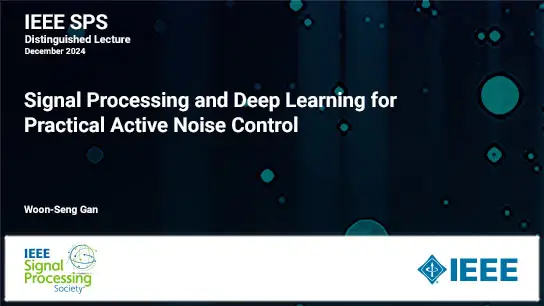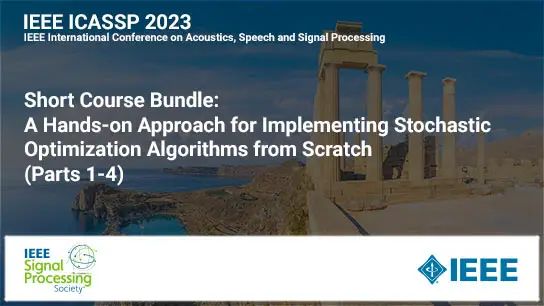MULTI-CHANNEL NARROW-BAND DEEP SPEECH SEPARATION WITH FULL-BAND PERMUTATION INVARIANT TRAINING
Changsheng Quan, Xiaofei Li
-
Members: FreeSPS
IEEE Members: $11.00
Non-members: $15.00Length: 00:08:08
10 May 2022
This paper addresses the problem of multi-channel multi-speech separation based on deep learning techniques. In the short time Fourier transform domain, we propose an end-to-end narrow-band network that directly takes as input the multi-channel mixture signals of one frequency, and outputs the separated signals of this frequency. In narrow-band, the spatial information (or inter-channel difference) can well discriminate between speakers at different positions. This information is intensively used in many narrow-band speech separation methods, such as beamforming and clustering of spatial vectors. The proposed network is trained to learn a rule to automatically exploit this information and perform speech separation. Such a rule should be valid for any frequency, thence the network is shared by all frequencies. In addition, a full-band permutation invariant training criterion is proposed to solve the frequency permutation problem encountered by most narrow-band methods. Experiments show that, by focusing on deeply learning the narrow-band information, the proposed method outperforms the oracle beamforming method and the state-of-the-art deep learning based method.



